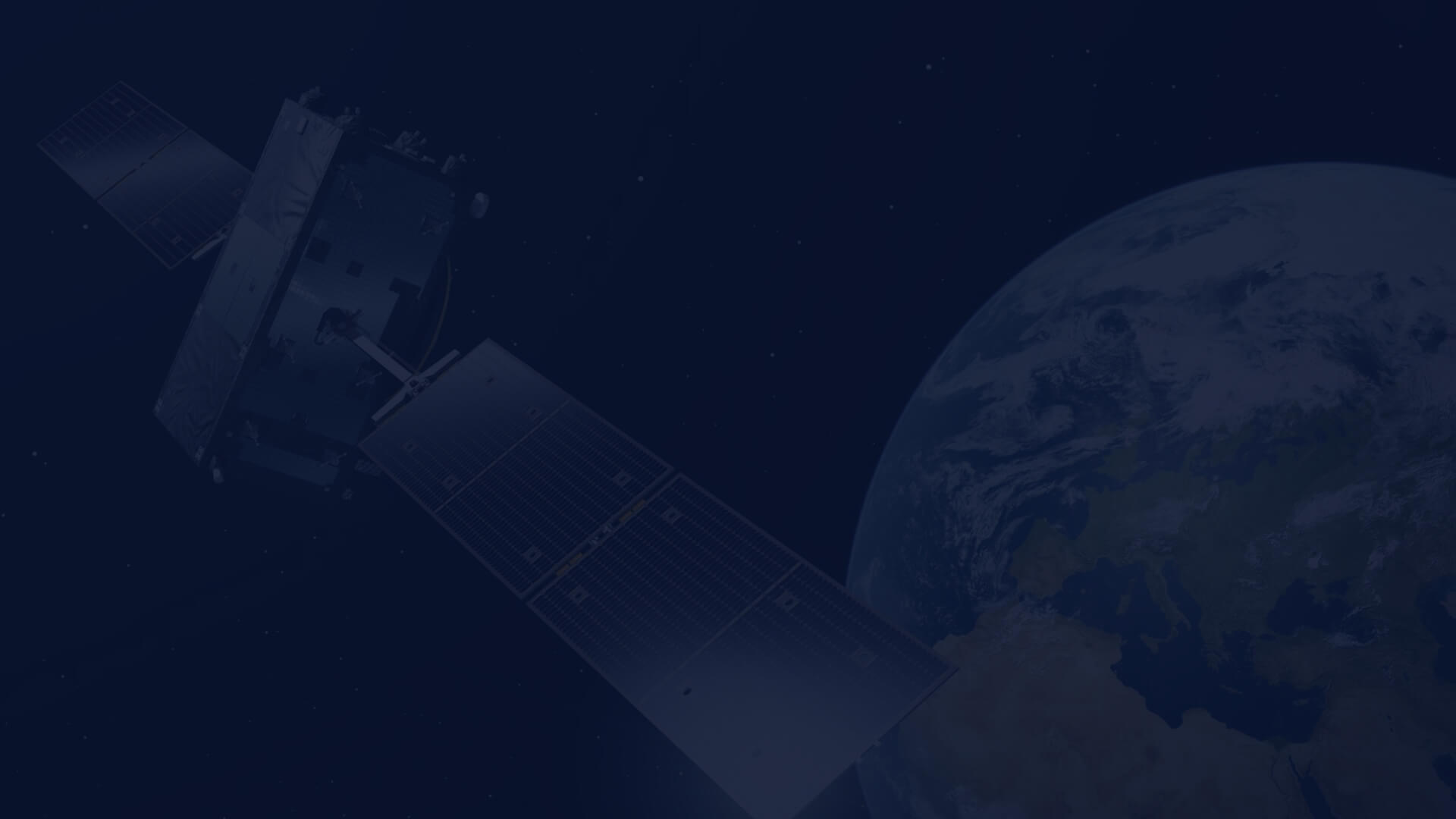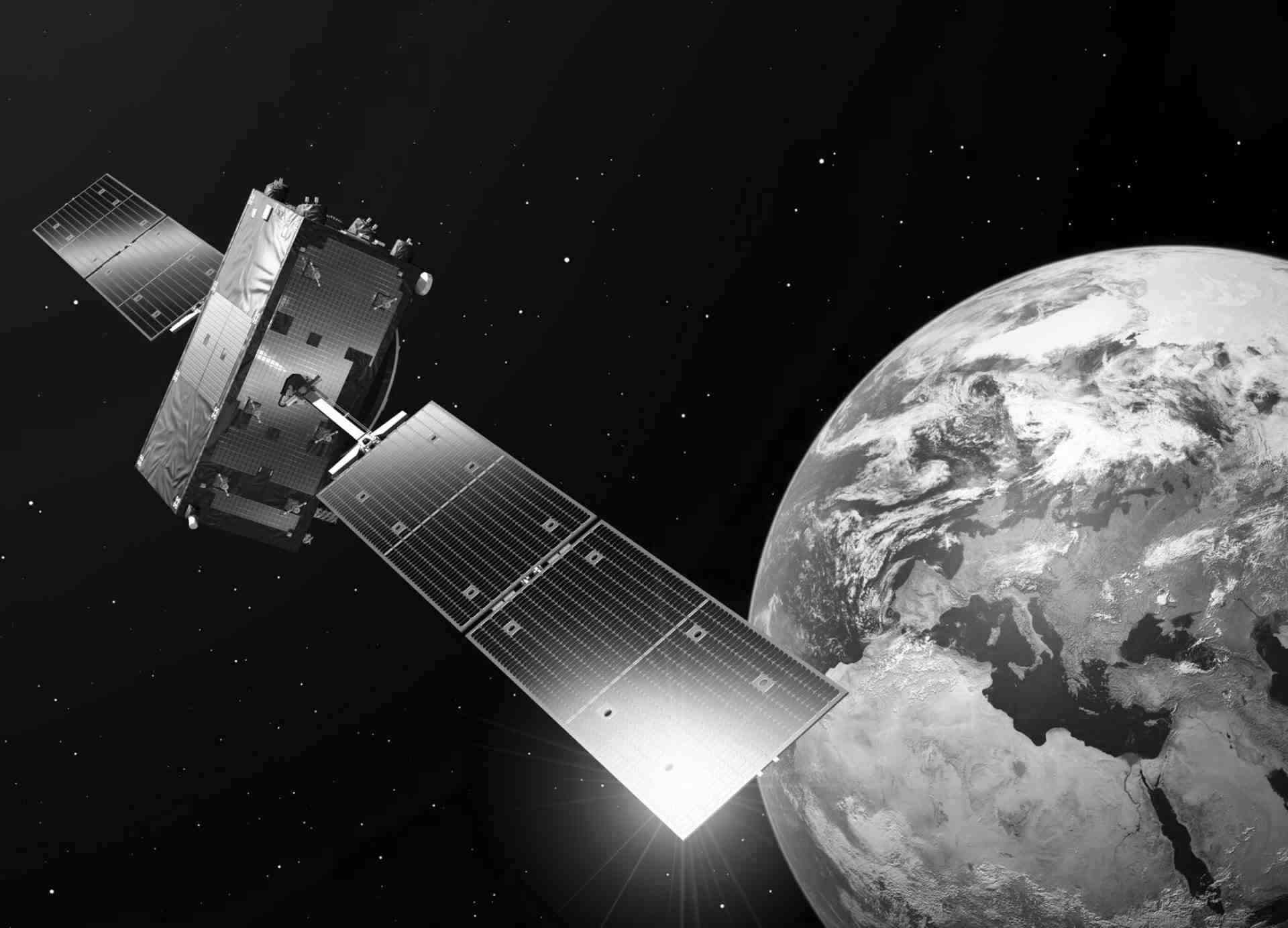Additional Services
Check our other services and software.
Orchestration
Description
The CloudFerro Cloud provides Users with an orchestration service to ease and simplify virtual infrastructure deployment and management. User can describe the infrastructure in a template file and deploy/delete it with one action. Templates can contain configuration of Virtual Networks, Virtual Routers, Floating IPs, Security Groups, VMs, Volume Storage and many other Resources together with their parameters to create a fully functional and replicable virtual environment.
Templates can also specify relationships between Resources. Orchestration service manages the whole lifecycle of the virtual environment and can apply configuration changes in a smart way (without whole infrastructure redeployment). The OpenStack orchestration service (Heat) is based on the HOT templates (see OpenStack documentation).
Provisioning
The Orchestration service can be used via API or via the Cloud Dashboard. The Orchestration service is compatible with that of Amazon Web Services (CloudFormation templates).
Billing
The orchestration service is free of charge.

Direct data connections
Description
Similarly - dedicated data transmission lines can be established between customer premises and the CkoudFerro Cloud points-of-presence (or POPs) in the main neutral Data Centers in Poland and one in Germany. Such data transmission links (in Ethernet technology) can provide dedicated connectivity between customer infrastructure and the CloudFerro Cloud – with available bandwidths ranging from 1 Mbit/s to 10 Gbit/s. Again – such connection is seen from the User’s point of view as a special Virtual Network in the Cloud Dashboard.
Provisioning
The CloudFerro Cloud POPs are now available at the following neutral DCs:
- T-Mobile Warsaw, 24 Piękna St.; Warsaw;
- ATMAN Poland, 5 Konstruktorska St., Warsaw;
- Equinix LIM Poland, 65/79 Al. Jerozolimskie St.; Warsaw;
- 3s DC, Warsaw.
- DC Frankfurt, Germany
Billing
Pricing for such connections is negotiated individually as it depends substantially on the available last mile solutions to the customer premises.
Fixed bandwidth internet connection
Description
A User can request a fixed bandwidth Internet pipe to his Environment. Such dedicated internet connection is not shared with other customers (or Administrative Domains) and can be fully saturated by a given User traffic without any constraints.. From the user point of view this internet connection is seen as a dedicated Virtual Network in the User Environment in the Cloud Dashboard. This Network can be also attributed external public addresses. User’s resources like computing instances (or VMs) and other networks can be connected to this network directly or via Virtual Routers.
Billing
The amount of data transferred to/from the Internet in all the above cases is measured and billed according to the appropriate Price List.
Create something fully fitted to your needs
Contact us for consultation
Reporting, Monitoring and billing API
Description
IaaS resource reporting and IaaS billing can be accessed interactively via the Cloud Dashboard and Customer Portal as well as via API. In this way a tenant of the platform can get full information about provisioned resources and about related charges.
Provisioning
Interactively via the Cloud Dashbaord and User Portal and machine-to-machine via API.
Usage
VM storage can be used for fast, temporary or permanent data storage within a VM.
Billing
The resource reporting and billing is free of charge.
The CloudFerro Cloud provides specialized internet and data transmission services.
Engineering support and consulting, project implementation and Third Party on-boarding
Description
Apart from IaaS ICT services our platform offers also several elements of the engineering support. We provide the following engineering services:
- General support for the platform Users (Third Parties) aimed at seamless utilization of the platform. These are services aimed at relatively advanced users that are able to on-board in general on their own – but sometimes can have problems or difficulties when using the platform services. In this case they can open support tickets which are then solved by support engineers in 5 days a week working hours regime. These issues are organized in ticketing model, no complex projects are open . These support services are free for paying IaaS customers.
- Extended support and on-boarding of the Users on the platform. In this model we can first provide the consulting and design services that will provide the Third Party with the detailed design of the technical and organizational services needed to realize its needs. After the consulting/design phase there can be the engineering on-boarding phase where our engineers will perform actual works aimed at on-boarding of the Third Party solution on the CREODIAS platform infrastructure. These services are paid extra according to the price listed hourly work price – for consulting/design services and for engineering services. After the on-boarding of the Third Party – it is then charged for the relevant IaaS services.
- Extended design and processing services – in this model a customer defines the processing chain to be realized on the platform and the resulting products to be stored in the platform storage. Our engineers (together with specialists from our knowledge partners) will then design: the whole processing and analysis chain, related hardware (IaaS)/software setup and data access process. After accepting by the customer – the service is fully implemented and then run by the platform.
Provisioning
Standard support services are provided by support engineers in the answer to opened support tickets – via email and platform web page. The progress of support solution is managed via standard ticketing system. All related communication is later available for the User and for the platform operator via platform web page.
Extended support services/on-boarding are started via platform web page. After identifying an extended support service/on-boarding request a dedicated project manager is assigned. The scope of work (design, support, implementation) is specified. The initial project plan and pricing is also specified. After the initial project acceptance the relevant work is performed. The stages of the project are then accepted by the customer.
Extended design and processing services are processed in the similar way to the extended support services/on-boarding. A dedicated project manager is assigned. The scope of work (design, implementation, necessary IaaS resources) is specified. The initial project plan and pricing is also specified. After the initial project acceptance the relevant work is performed. The stages of the implementation project are then accepted by the customer. Later on the processing process is being implemented and performed and included into operation plan.
Billing
Standard support services are free of charge for paying IaaS customers.
Extended support services/on-boarding are priced per hour of engineer consulting/design work and per hour of an engineer implementation work. The sizing in hours of categories of work is going to be fixed in the project management process – see section provisioning.
Extended design and processing services are priced according to prices negotiated in the project specification and setup process. These prices cannot be predefined in any way at this stage as such projects can be complex and complicated.

